- Discovering the Hill
- No content found
- Plan your visit
- No content found
- Agenda
- Shop
La Chaux-de-Fonds (Switzerland), 1887
Roquebrune-Cap-Martin (France, 06), 1965
Le Corbusier, whose real name was Charles-Edouard Jeanneret-Gris, was an architect, a painter, a sculptor and a designer. As early as the 1920’s he was he was an all-round artist, and the leading thinker of what modernity should be like.
Le Corbusier was a great theorist and he appeared as the leading light in the modern movement. He gave a visual definition of the modern movement with “five points of architecture”, which are a set of architectural principles: the free designing of the ground plan, the free design of the façade, the column principle, the horizontal window, and the roof gardens.
He pleaded for rationalizing building and for using new materials, particularly concrete, as he liked its neat aspect. Showcasing exposed concrete gave birth to “brutalist” architecture. Le Corbusier also strained to make his works more consistent by creating the Modulor, a system of universal proportions based on the scale of the human body.
In 1955, Le Corbusier unveiled his works of art: the Chapel of Notre-Dame du Haut, two houses (the Pilgrim’s Shelter and the Chaplain’s House) and a Peace Pyramid, a monument ordered by veterans from Ronchamp who wished to commemorate the fights to liberate their village.
These four creations are inscribed on UNESCO’s World Heritage List, along with 16 other sites by Le Corbusier. This is as a part of a series called ‘The architectural work of Le Corbusier, an outstanding contribution to the modern movement.’
“EIN BUILDING THIS CHAPEL, I WANTED TO CREATE A PLACE OF SILENCE, OF PRAYER, OF PEACE AND INNER JOY”
Le Corbusier
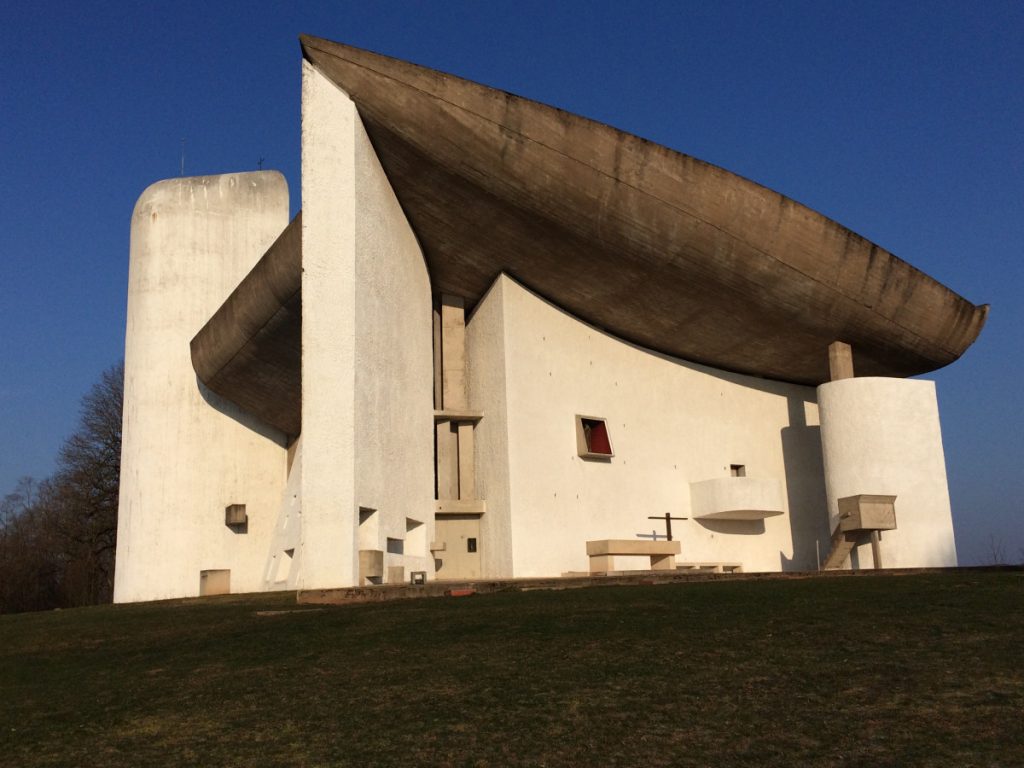
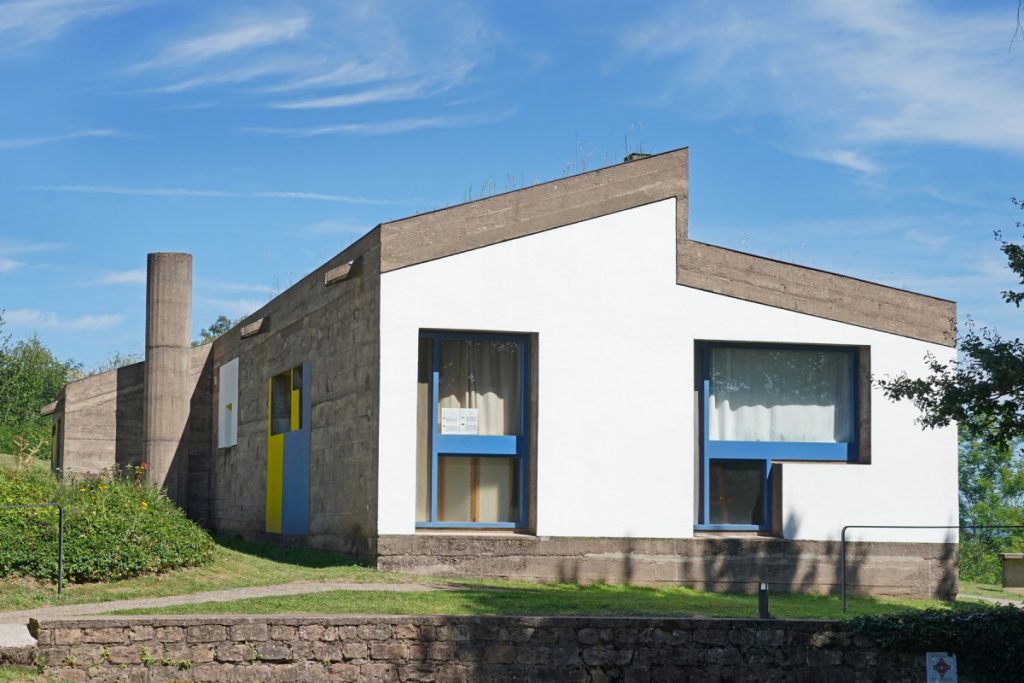
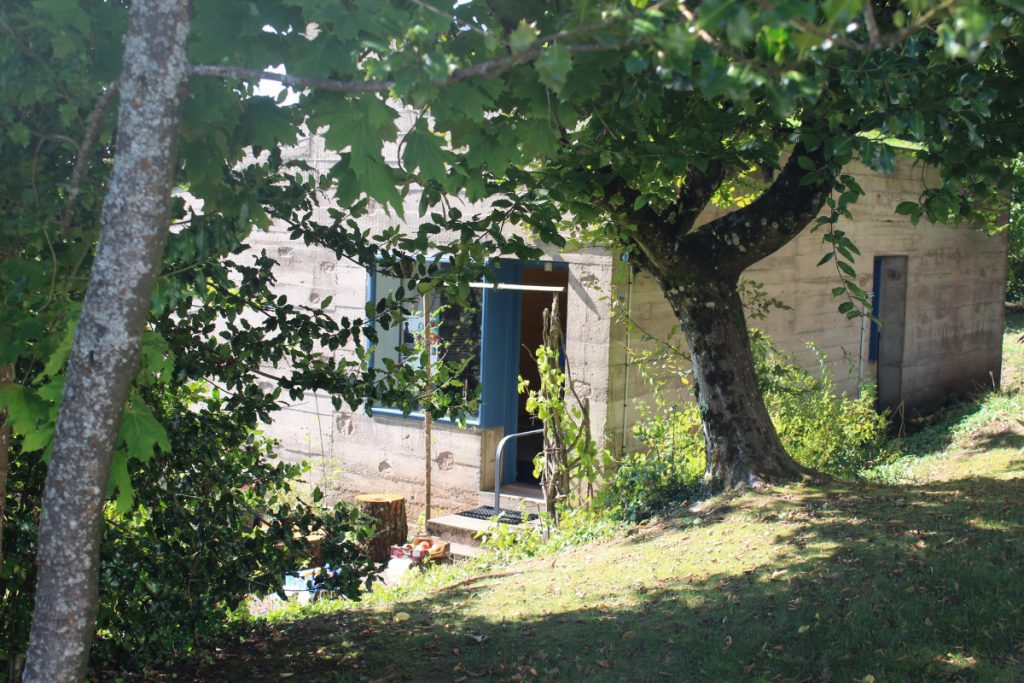
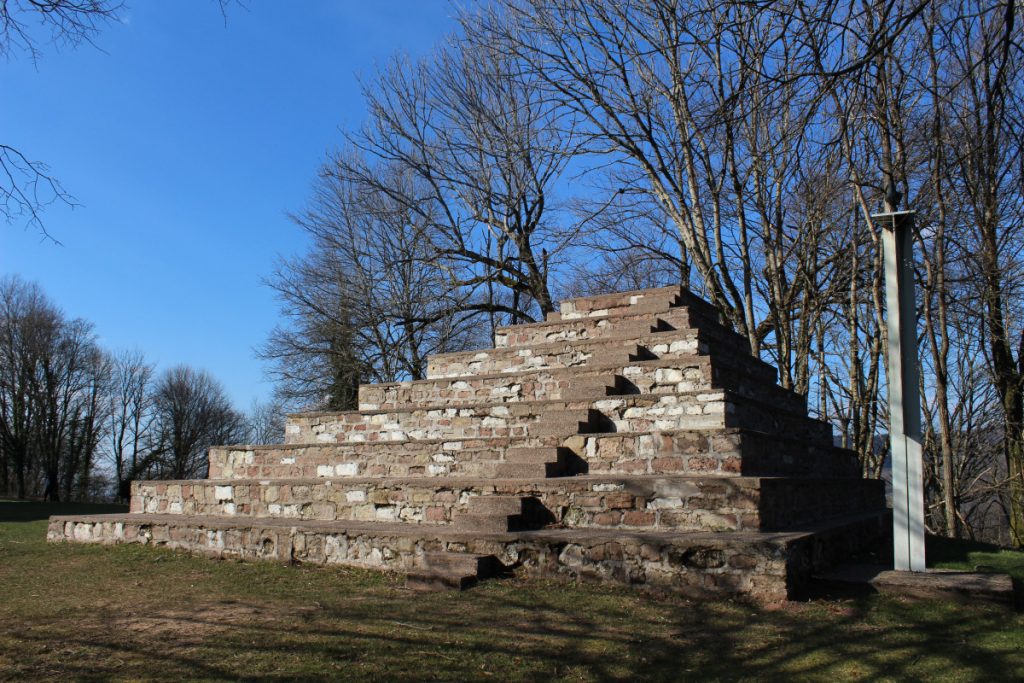
Paris (75), 1901
Nancy (54), 1984
Jean Prouvé had studied wrought iron, and metal remained the material of his efforts throughout his career. As early as the 1930’s, Jean Prouvé was an architect and a furniture designer full of modern audacity.
His creed was to create well-designed, comfortable, and functional furniture that anyone could buy. This is the reason why he was well-known for mass-producing his creations, a field where he is deemed a pioneer in France.
At the request of the Chaplain, Father Bolle-Reddat, Jean Prouvé designed the campanile in 1975 (a crossbar with three bells), one of the rare religious works by this architect and designer.
“NEXT TO CORBU’S WORK, NO MISTAKE IS ALLOWED, NOTHING SHOULD LOOK OUT OF PLACE”
Jean Prouvé
Le Corbusier, who was a modernist artist, did not wish to have traditional music in his Chapel. He wanted electronic music, but the necessary circuits were never created. As a consequence, he did not want to use the two bells of Notre-Dame du Haut, which dated back from the nineteenth century, and which were put away.
In the 1970’s, the Chaplain, Father René Bolle-Reddat, commissioned a campanile, which is a bell tower separated from the church. He requested Jean Prouvé to make it, in order to call the faithful to mass.
The very simple structure consists of four steel pillars bearing the three bells.
The two bells from the nineteenth century are hanging on the right. The last one was cast in Annecy in 1975. It was inscribed with the names of Charlotte-Amélie-Yvonne-Marie in memory of Le Corbusier’s mother and wife. The bell is decorated with drawings by Le Corbusier: the open hand and the cross, which were drawn for Ronchamp, are the main elements.
Gênes (Italy), 1937
PToday, Renzo Piano perpetuates the humanist tradition dear to Le Corbusier’s heart. He is involved in buildings for cultural institutions. He has created many museums (Centre Pompidou in Paris with Richard Rogers in 1977, the Tjibaou Cultural Center in 1998), where the lightness of the building and of the materials are the main traits.
He favours natural light and fine structures, to create harmony between man and his environment.
With a view to long-lasting architecture, his works respect the site where they are standing and use as much as possible the natural relief of the land.
He is a modest and approachable man. His keen sense for detail gives his works an irreproachable perfection. Contrary to Le Corbusier, he mostly uses steel and glass, but he knows how to carry out the order and to adapt to the place, for example in Ronchamp, where everything was built in concrete.
In the early 2000’s, after Chaplain Bolle-Reddat died, the AONDH (Association Oeuvre Notre-Dame du Haut, owner of the site) wished to have a spiritual presence on the hill. The idea was to have a religious community living at the foot of the Chapel to welcome the faithful, the pilgrims and the visitors.
A new gatehouse, la Porterie, was designed to lead the visitor from the profane world to the site of the sanctuary.
As early as 2005, the Saint-Clare’s nuns in Besançon accepted to move up to Ronchamp. Renzo Piano, who was consulted in 2006, accepted this project and set to work immediately on the design of Saint-Clare monastery and of the new gatehouse.
“A BUILDING SITE: LOTS OF WORK, PASSION, FAITH AND HOPE”
Renzo Piano
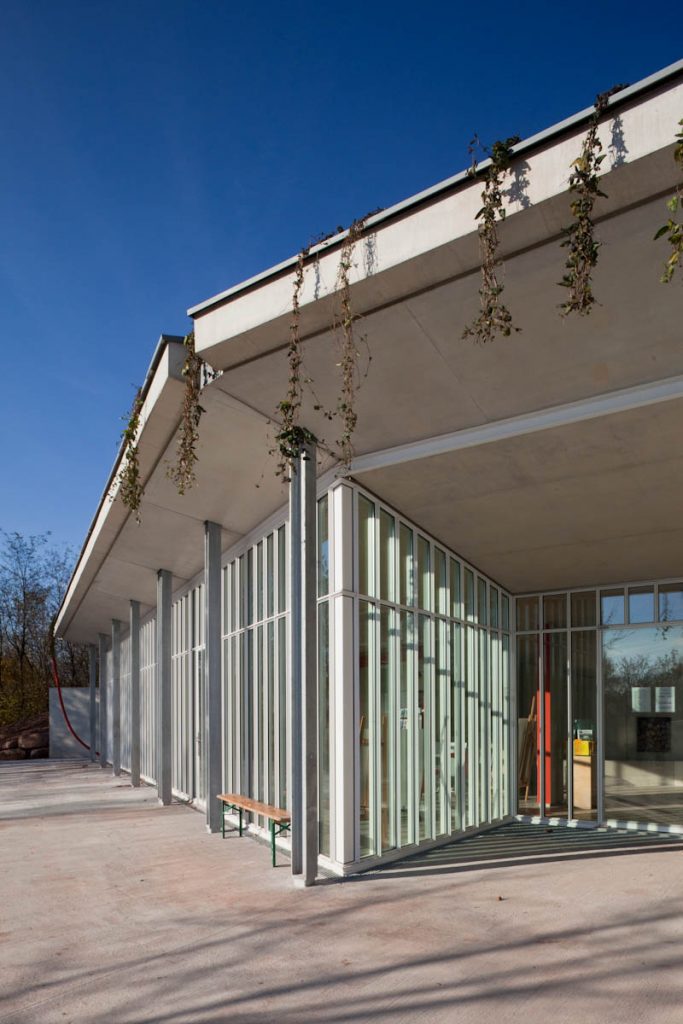
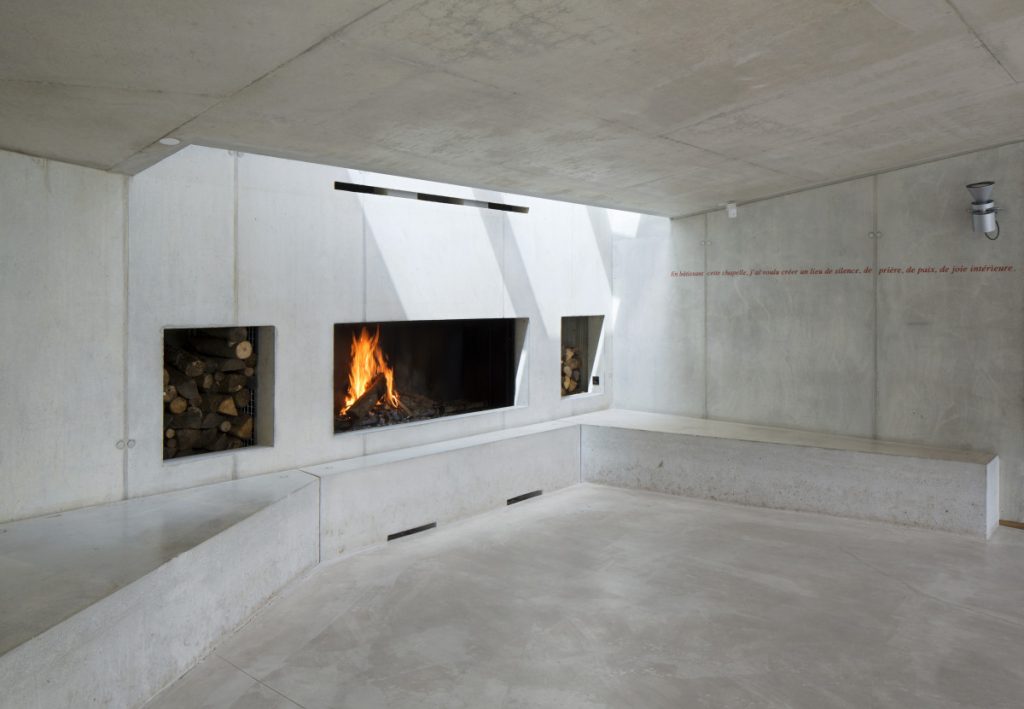
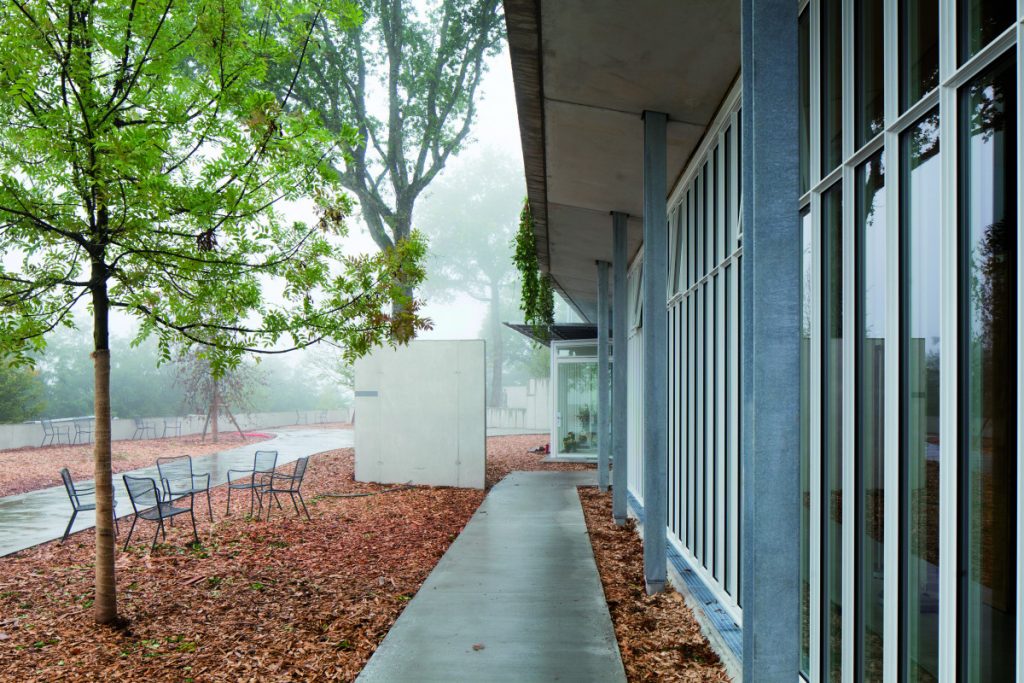
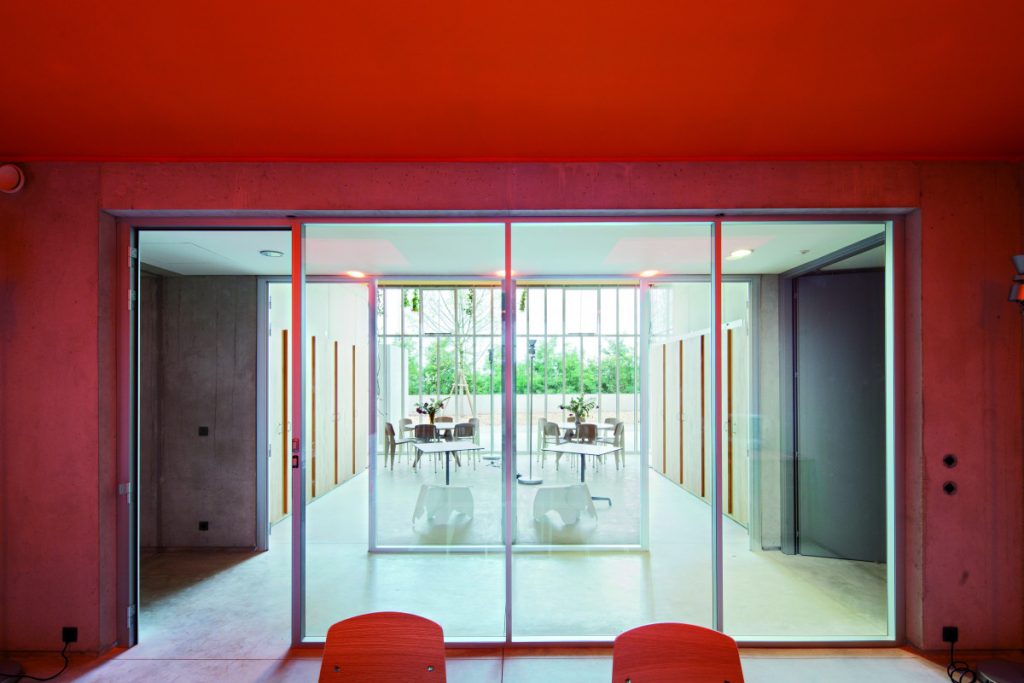
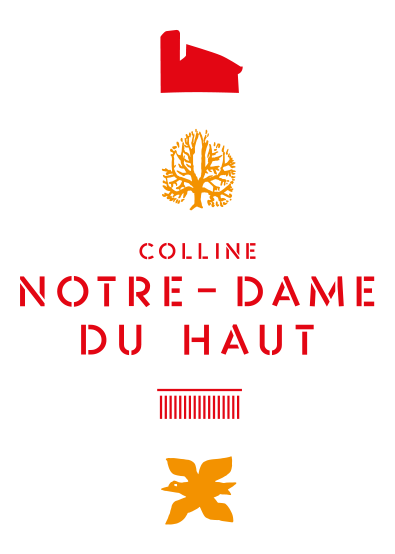
13 rue de la Chapelle
F-70250 Ronchamp
+33 (0)3 84 20 65 13
Contact
Until Friday 18 April 2025: 10am to 5pm
From Saturday 19 April 2025: 10am to 6pm
From Monday 12 October 2025: 10am to 5pm
Last admission: 30 minutes before closing time. Closed on 25 December and 1 January
For journalists
Connect
Educational resources
To go further
+33 (0)3 84 20 73 26
Contact
Réalisation DN Consultants